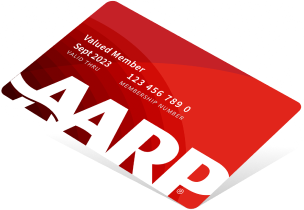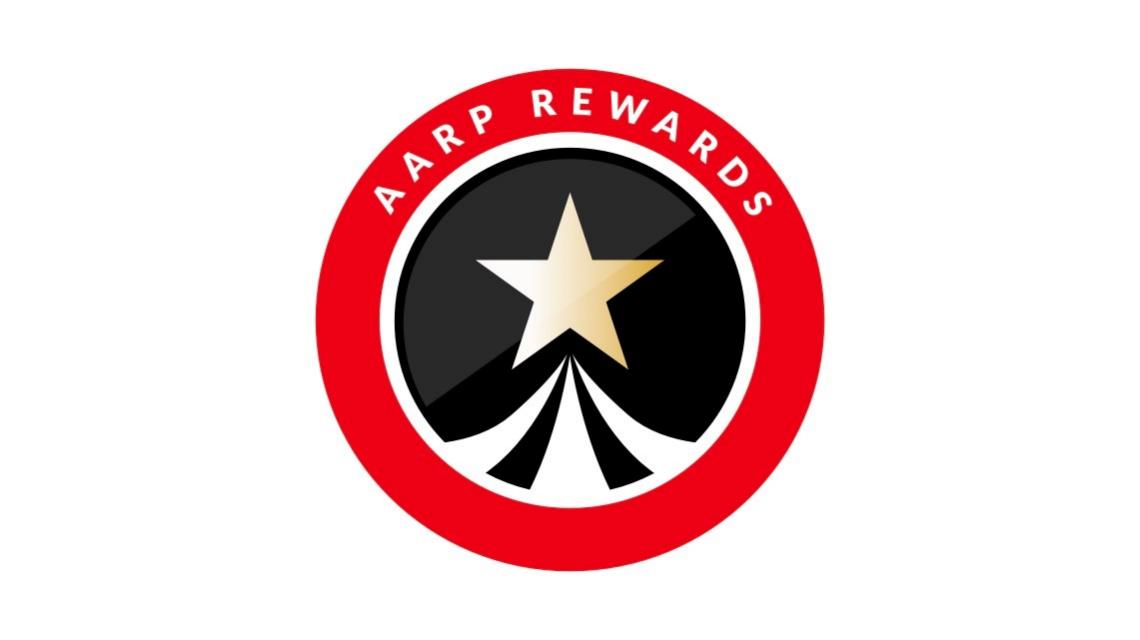Staying Fit
Because Medicare covers many of your health care expenses except for prescription drug coverage, when it comes to signing up for Part D or changing your current drug plan, timing is everything.
You have two ways to get coverage: Buy a stand-alone Part D prescription drug plan, or sign up for a Medicare Advantage plan that combines medical and drug coverage. Private insurance companies that Medicare regulates offer both types of plans. Keep in mind, you can enroll only during certain times:
- Initial enrollment period, the seven-month period that begins on the first day of the month that falls three months before the month you turn 65 and lasts for three months after the birthday month.
- Open enrollment period, which runs annually from Oct. 15 to Dec. 7, with coverage beginning Jan. 1. You also can switch to a different Part D or Medicare Advantage plan during this time.


AARP Membership— $12 for your first year when you sign up for Automatic Renewal
Get instant access to members-only products and hundreds of discounts, a free second membership, and a subscription to AARP the Magazine.
Who can change Part D plans during special enrollment?
You may be able to sign up or switch Part D plans at other times if you’re eligible for a special enrollment period. To qualify, you need to meet certain criteria, such as if you:
- Lose health care coverage from your employer or union. You usually have up to two months to join a Part D or Medicare Advantage plan.
- Lose drug coverage that is considered to be at least as good as a basic Part D plan, called “creditable coverage.” Then you usually have up to two months to get Part D or a Medicare Advantage plan with drug coverage. Creditable coverage may come from an employer, a retiree plan, Tricare or another source. You’ll usually receive a notice every September letting you know if your coverage is creditable.
- Move to a new address that isn’t in your plan’s service area. You usually have up to two months to switch to a new Part D or Medicare Advantage plan.
- Receive financial assistance from the Part D Extra Help program. You can switch Part D plans as much as once per calendar quarter during the first three quarters of the year.
- Find a Medicare Advantage or Part D plan in your area that received a five-star quality rating from the Centers for Medicare & Medicaid Services (CMS). You can join that plan during the five-star special enrollment period, which lasts from Dec. 8 through Nov. 30 of the following year. It can be used once a year. Enrollment takes effect the first day of the month after the plan receives the enrollment request.
For more information about special enrollment periods, visit Medicare.gov.



































































More on Medicare
How Can I Pick the Best Prescription Plan For My Needs?
It needs to cover all your medicines at the lowest cost
What Costs Will I Have to Pay in a Medicare Part D Plan?
Out-of-pocket costs go beyond your premium paymentsWhat Are the Three Enrollment Periods for Medicare?
You can sign up for Medicare only during these times